How can you help your child develop problem-solving skills?
Instead of solving problems for them, guide your child to solve their problems on their own by showing them how they can apply problem-solving skills. Assure them that it is alright to make mistakes and share with them the benefits of learning from their past mistakes.
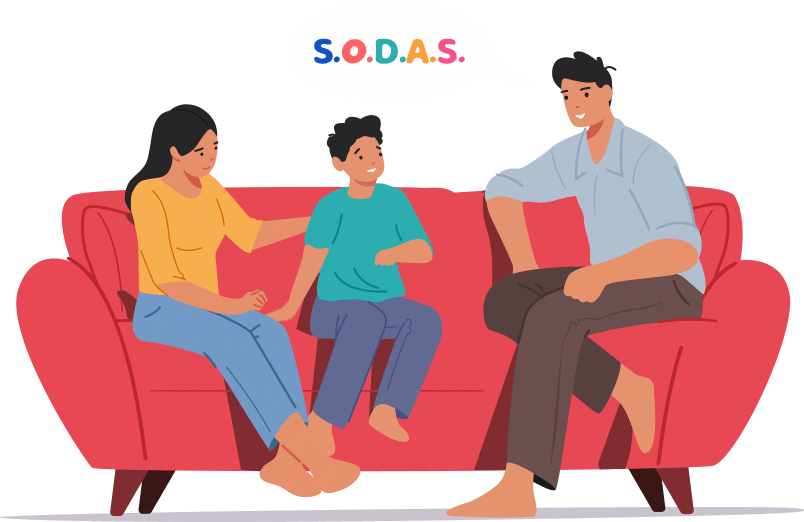
It is also important to encourage them to take the first steps on their own. Being able to work through and solve their own problems builds their confidence and self-esteem to deal with other challenges in the future.
As you support your child through solving their problems, first discuss the problem with them and break it down into smaller parts to make it easier to understand. Guide them to brainstorm and develop plans on how to solve the problem and rehearse these with them to build their confidence.
You can break down problems with your child using the S.O.D.A.S. problem-solving approach.
SITUATION
-
Guide your child to identify the situation
-
For example, you can say:
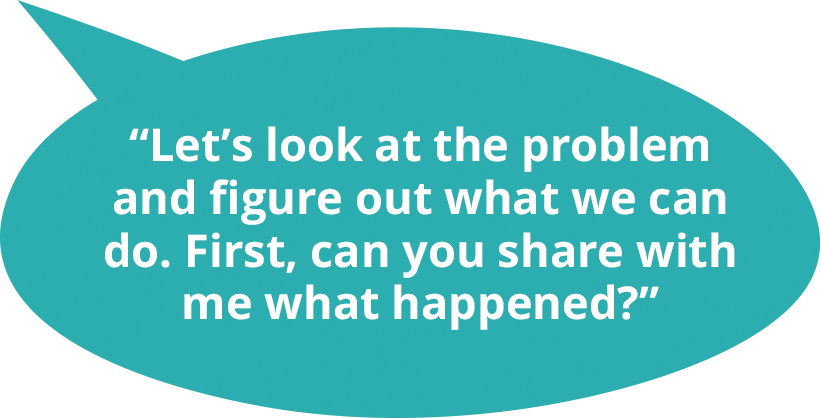

OPTION
-
Think about the options they have or can take
-
For example, you can ask:
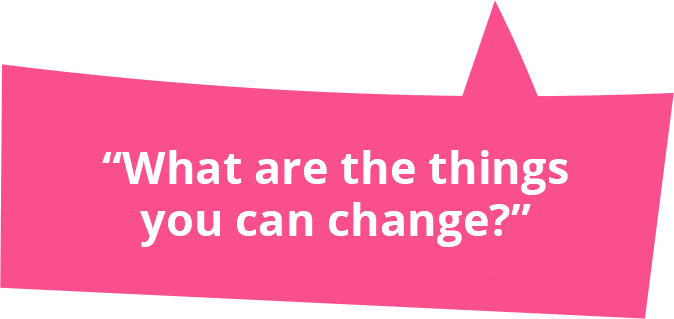

disadvantages
-
Weigh the disadvantages of each option
-
For example, you can ask:
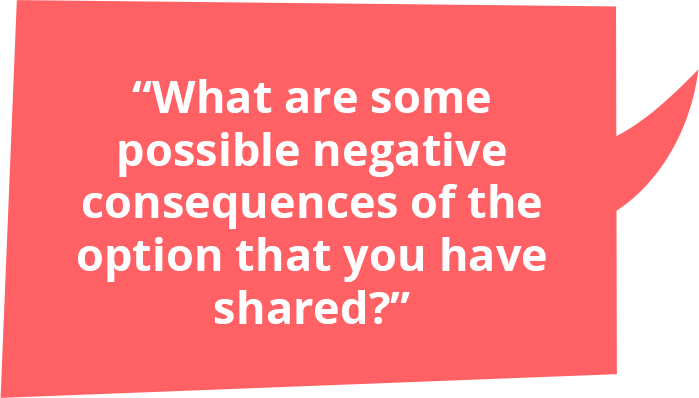

advantages
-
Weigh the advantages of each option
-
For example, you can ask:


solution
-
Decide on a solution
-
For example, you can ask:


This method can also help your child resolve conflicts with their peers. They can start by understanding the situation and clarifying their objectives for resolving the conflict. Then, they can explore different options for resolving the issue. After considering the potential upsides and downsides of each option, they can finally decide on the best course of action to resolve their conflict.
For example:
Your child and their best friend are having a disagreement about how to approach a group project for school. They have different ideas about the direction of the project and are finding it challenging to work together.
Here’s how your child can use S.O.D.A.S. to break down and resolve the disagreement:

-
Your child and their best friend are disagreeing on the approach to the group project, and it is causing tension between them
-
Both your child and their best friend want to excel in the project, maintain a positive working relationship, and ensure their ideas are considered
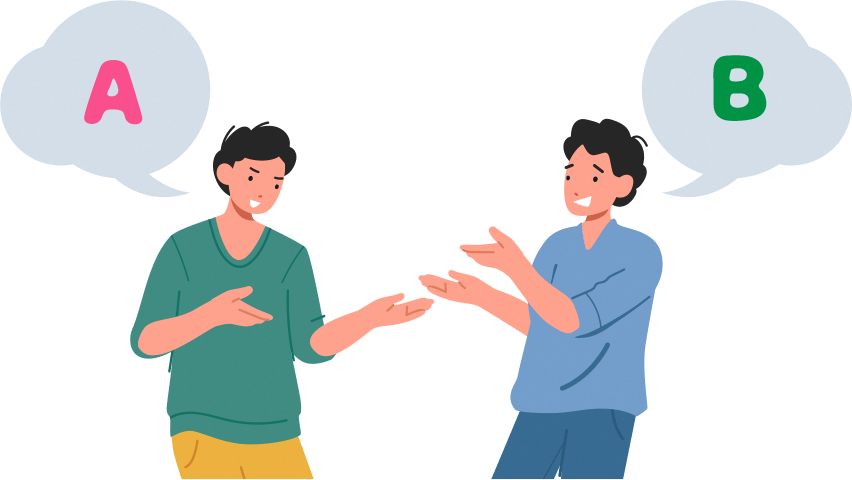
-
Your child wants to focus on a creative and visually appealing presentation style
-
Their best friend prefers a story-telling approach for the project

-
If they only focus on your child’s approach, the friend might feel their ideas are not valued
-
If they only focus on the friend’s approach, your child might feel the project lacks creativity

-
A creative and visually appealing style would be more engaging for their audience
-
A story-telling approach would make the presentation easier to understand

-
After applying the S.O.D.A.S. method, your child and their best friend decide to combine both approaches and present using an animated story-telling approach. They also agree to divide the project into sections, allowing each of them to lead the parts that align with their preferred approach
Thus, by using the S.O.D.A.S. method, your child and their best friend were able to understand the situation, clarify their objectives, explore different options, consider the advantages and disadvantages, and come up with a solution that addressed their conflict in a collaborative and balanced manner.
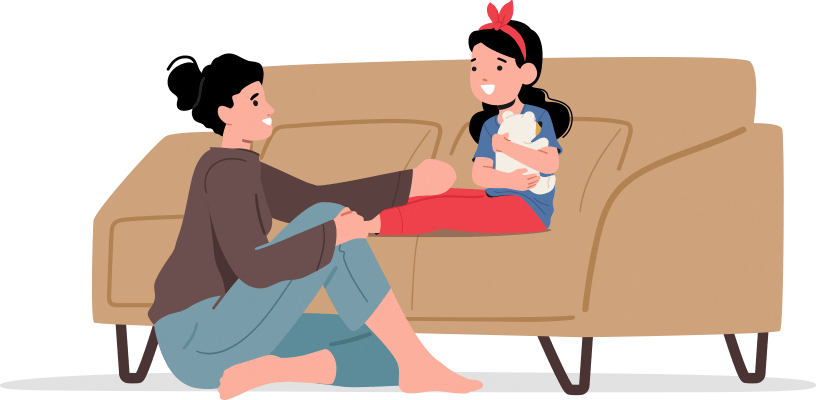
Regardless of how they choose to solve their problems, it is important to remind your child that they have strengths they can tap on to overcome difficulties and challenges. These can take the form of values, beliefs, and attitudes (I Am), skills and strategies (I Can), and a caring and supportive environment (I Have), all of which prepare them to withstand, adapt, and progress in the face of adversities.


